Short Term Rental Income and protecting the essence of Lake Tahoe: The Pros and Cons of Short-Term Rentals in Lake Tahoe
Second Home ownership
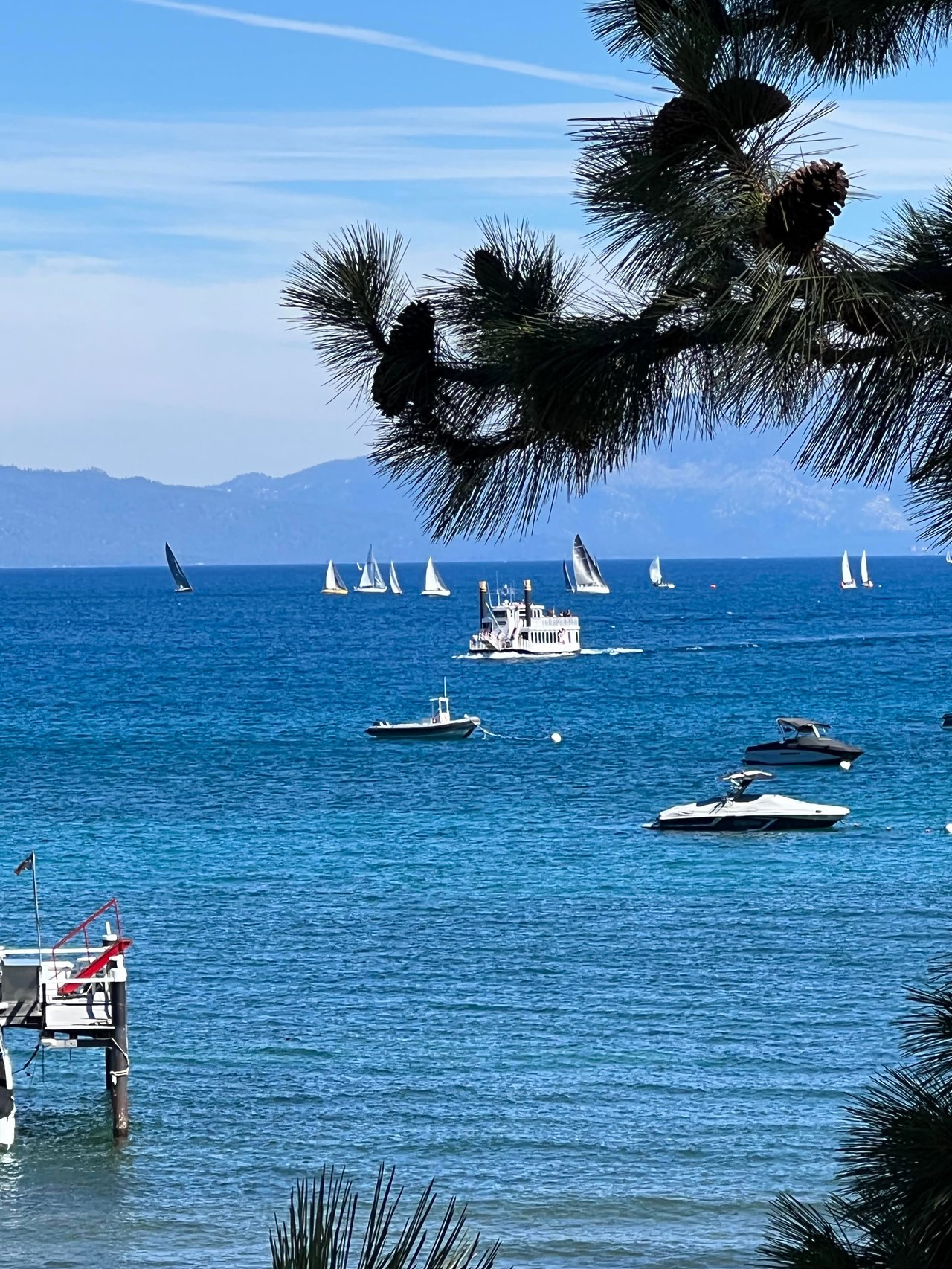
Second Home ownership

Maximizing Income and protecting the essence of Lake Tahoe: The Pros and Cons of Short-Term Rentals in Lake Tahoe
As first and second homeowners, we have a responsibility to protect Lake Tahoe's ecology and health and sustain the character of our local neighborhoods while balancing and welcoming visitors to our piece of paradise. Whether you're a local homeowner looking to supplement your income or a visitor searching for the perfect vacation spot, short-term rentals present opportunities and challenges that merit consideration.
The Pros:
The Cons:
Now, let's take a closer look at the short-term rental landscape in Lake Tahoe, broken down by county.
Short-term rentals offer a lucrative opportunity for homeowners in Lake Tahoe to maximize their income and contribute to the local tourism economy. However, it's essential to weigh the pros and cons carefully and navigate the regulatory landscape in individual counties and towns to ensure compliance and responsible stewardship of our beloved community.
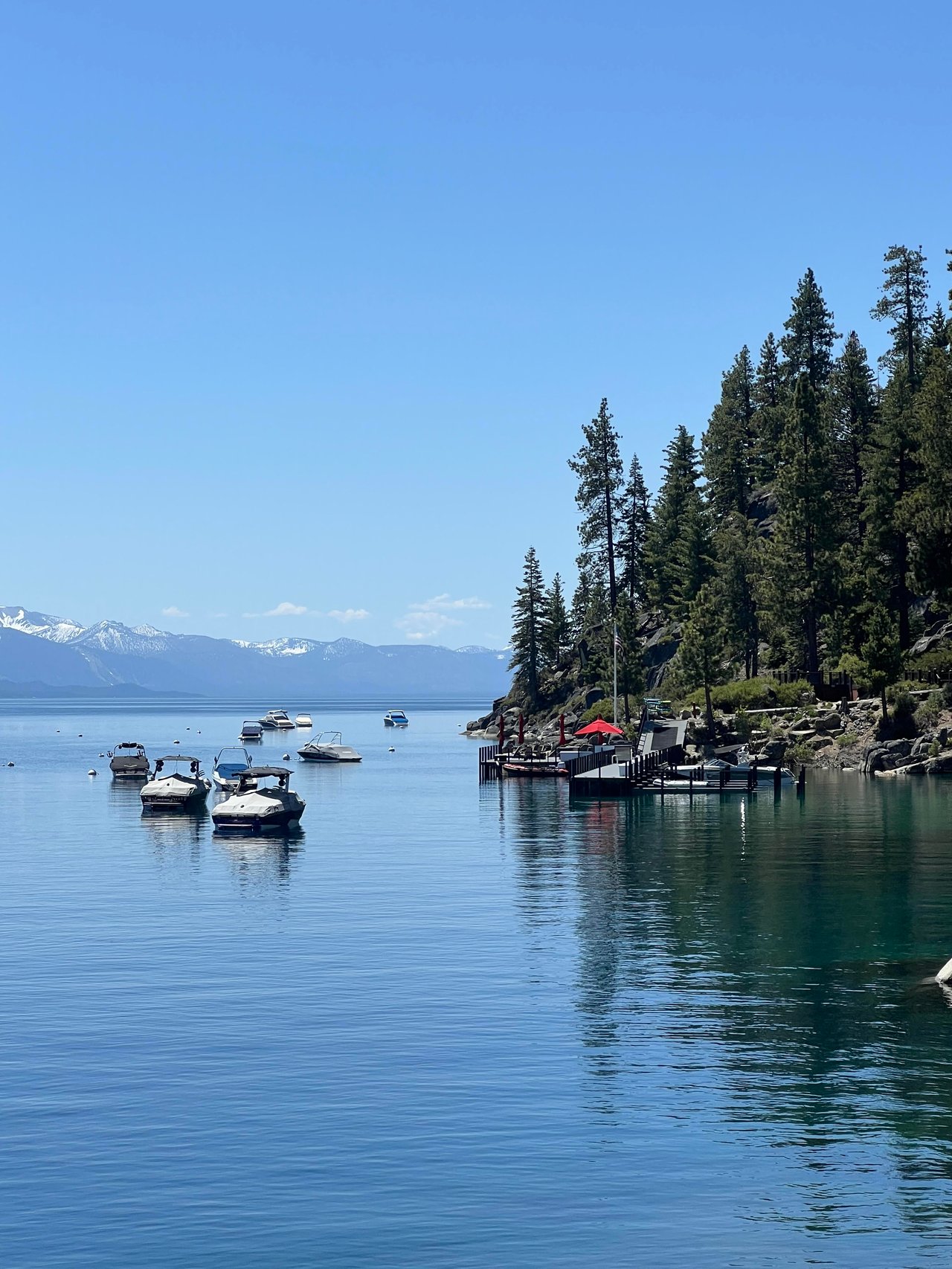
Lakefront
Buoys, not blenders: Tahoe’s shoreline lottery returns October 1.
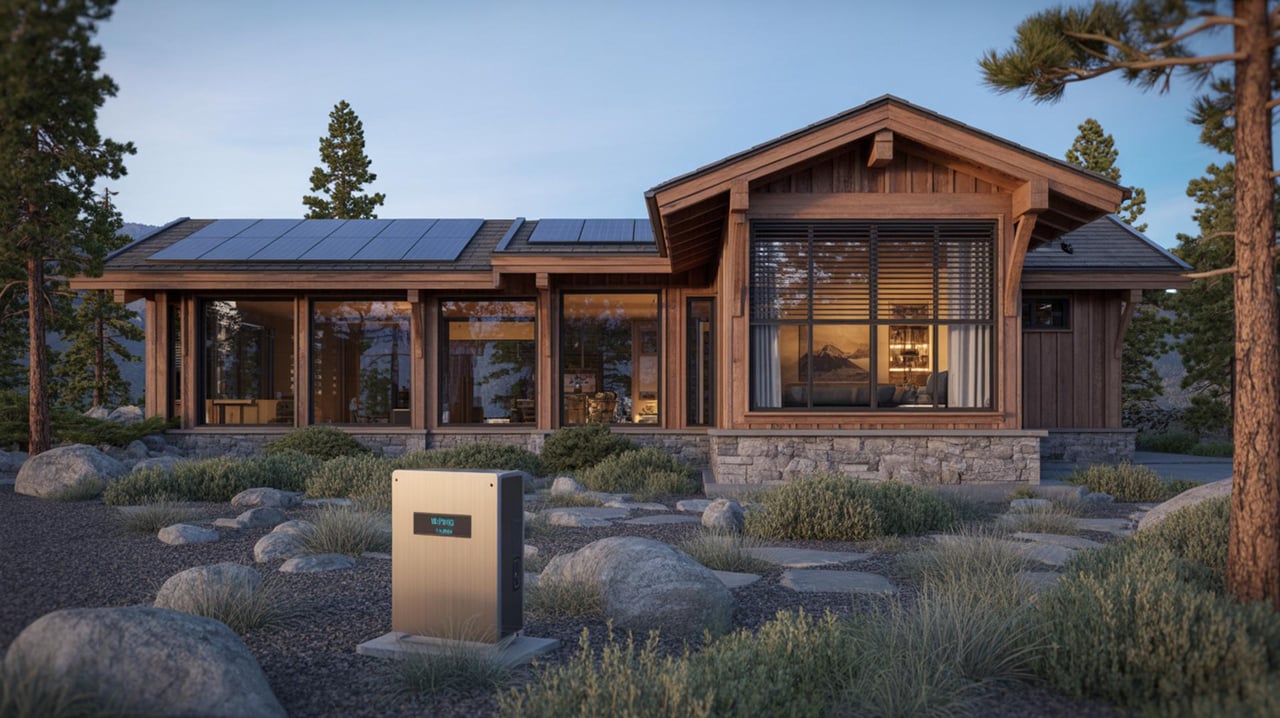
Real Estate
Discover Innovative Ways to Reduce Energy Costs in Truckee Homes
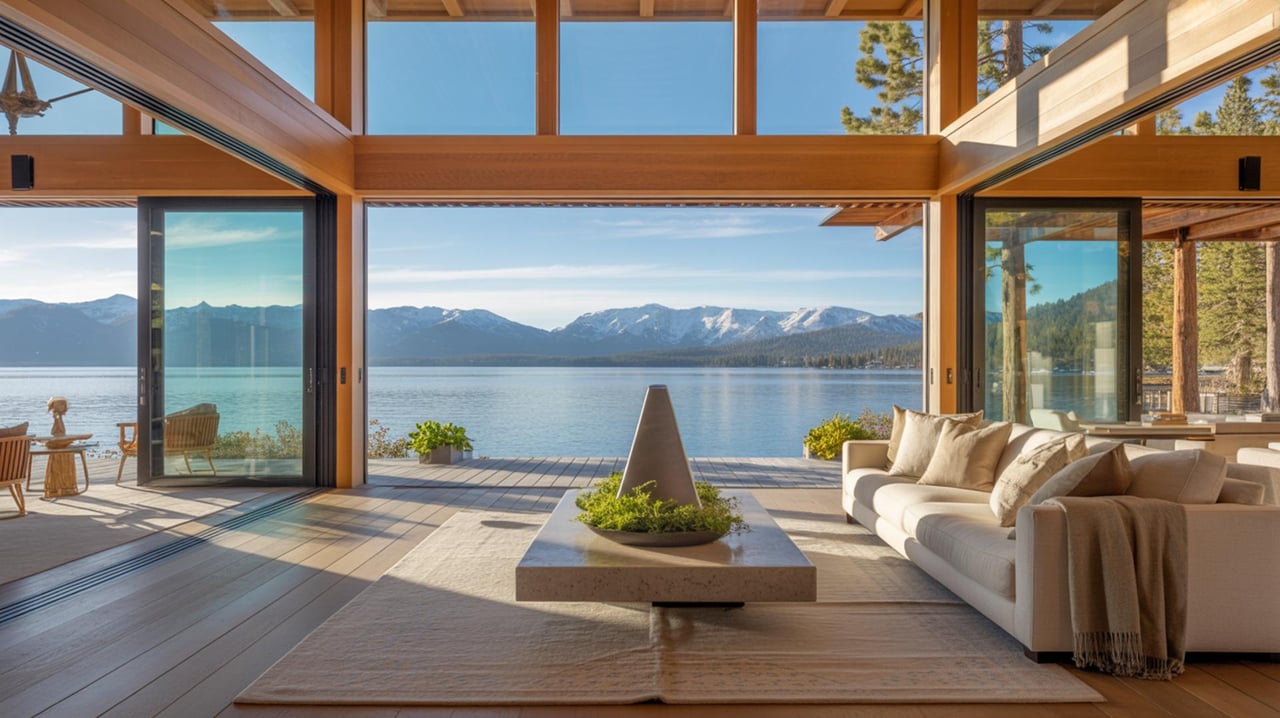
Real Estate
Enhancing Your Space and Mood with Sunlight
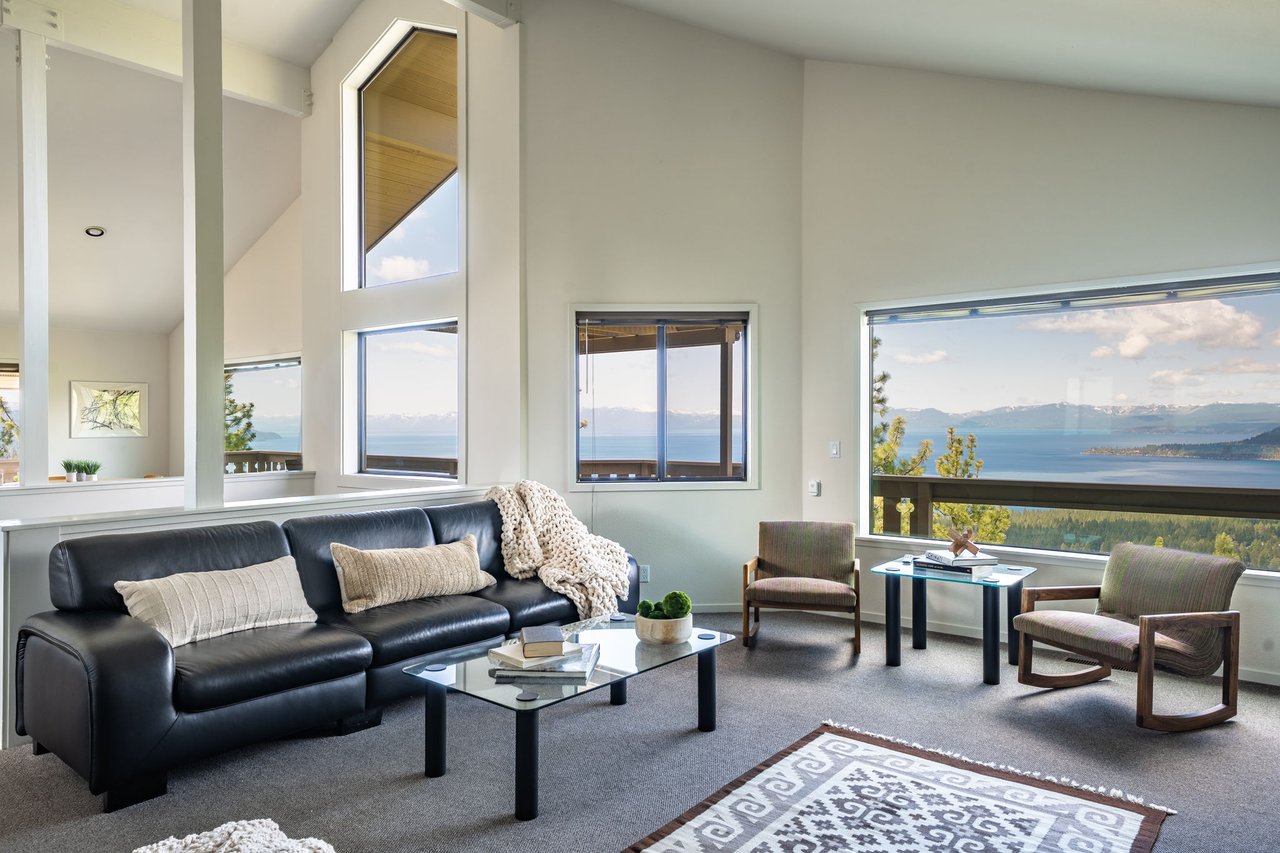
Real Estate
When the first round didn’t align, comps and collaboration turned hesitation into “sold.

Lifestyle
Discover the Best of Kings Beach: Must-Visit Spots

Lifestyle
Discover the Best of Kings Beach: Must-Visit Spots
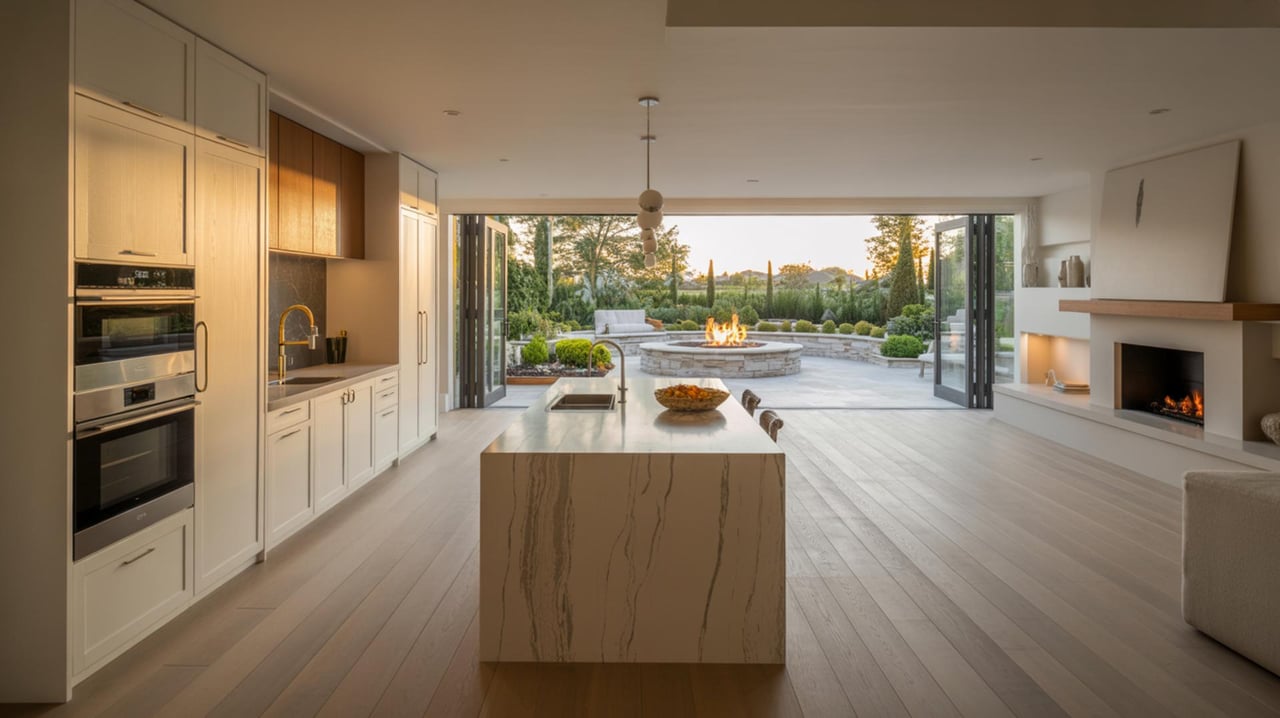
Real Estate
Enhance Your Home's Worth with Strategic Improvements
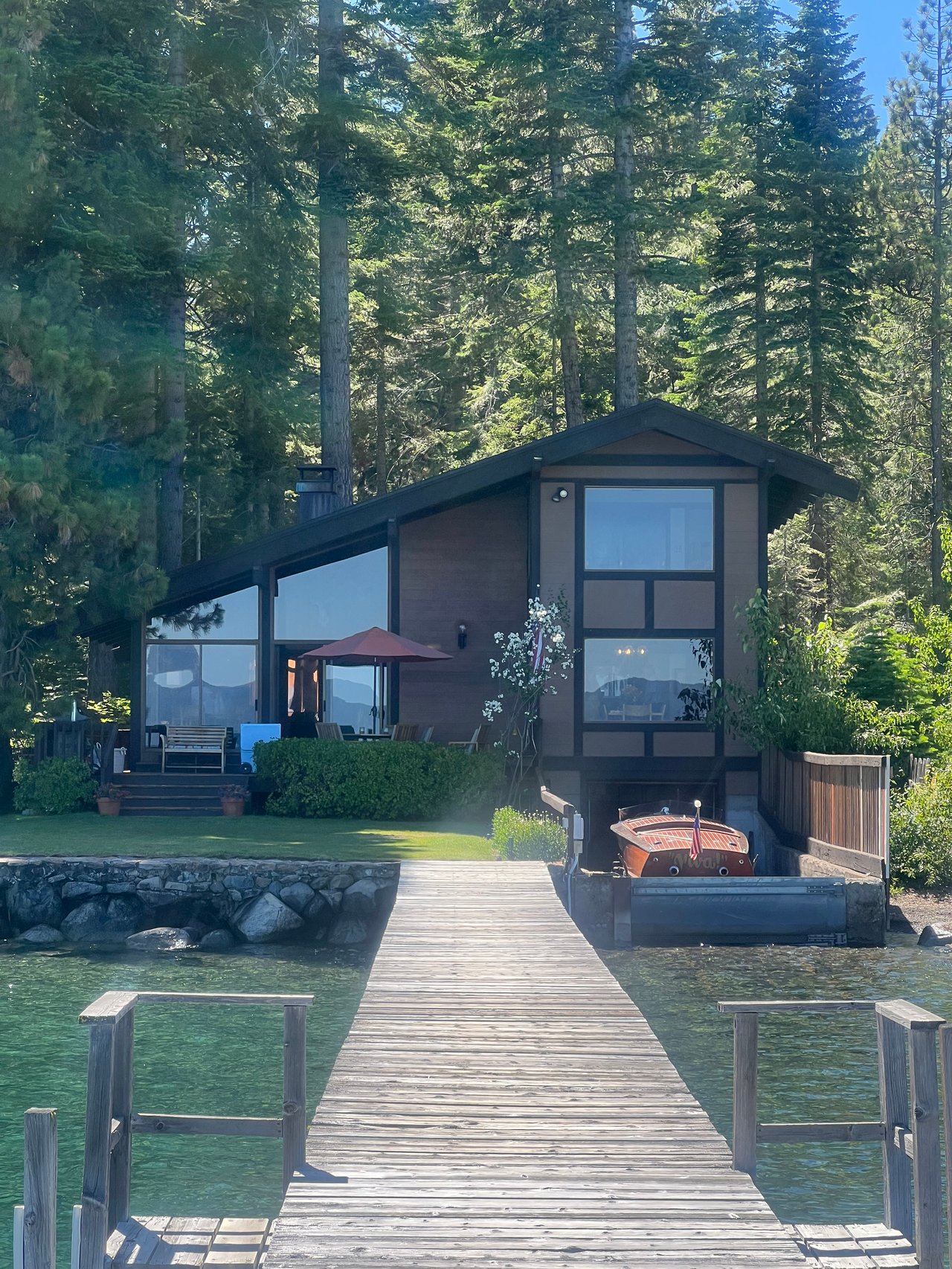
Market Reports
Tahoe’s shoreline isn’t just real estate. It’s currency. And August proved it’s still trading strong.

Lifestyle
Transform Your Truckee, CA Home with Perfect Paint Choices
I understand the nuances of complex transactions, and am sensitive to the unique needs of the discriminating buyer and seller. My expertise as a leader provides my clients with a wealth of clarity and direction that translates into exquisite representation. Contact me now!